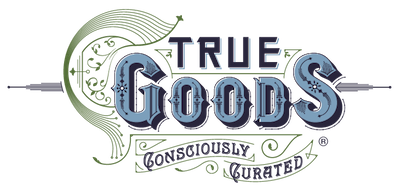The topic of essential oils is a hot one!
More and more people are getting on the bandwagon and recognizing their profound potential, from aromatic room fragrances to medicinal remedies, and beyond.
You may be wondering what the fuss is all about and thinking of getting in on the action yourself. Before you do, it helps to get a lay of the land. In this post, we’ve broken down the process of breaking down these truly ‘essential’ oils for most effective ~ and safe ~ use.
In their purest forms essential oils are naturally occurring chemical compounds that give plants their fragrances. They exist in their whole forms within the peels, petals, leaves, bark, and seeds of various aromatic plants and can be extracted in these whole forms for use as fragrances and flavors as well as for therapeutic purposes. There are multiple ways essential oils can be naturally extracted, depending on the type of plant and the nature of the oils:
- Distillation ~ Steam is circulated through large amounts of plant material, releasing the aromatic compounds. The mixture of steam and oils is collected and cooled, which allows the oils and water to naturally separate, yielding pure essential oils.
- Expression ~ Oils are physically squeezed from the plant material. This is the most common method for extracting citrus oils.
- Solvent ~ A chemical solvent is used to dissolve and absorb oils from the plant material. Because this often includes non-fragrant parts of the plant as well, a second solvent, usually an alcohol, is used to isolate the fragrance. The alcohol is then evaporated off to leave behind the essential oil. This method is used mostly for plant materials that are too fragile for pressure or heat extraction.
There are also many ways that scents can be created or extracted unnaturally. These compounds are not essential oils and can come with many downsides:
- Synthesized Oils ~ The chemical building blocks of essential oils are sometimes synthesized and combined in labs to create a more uniform product, but these compounds don’t contain the beneficial trace chemicals that are found in natural products. Additionally, synthesized fragrances are more likely to be contaminated with fillers or mixed in the wrong proportions, which may make the chemicals more abrasive.
- Extracted Components ~ Specific fragrant chemicals within an essential oil are sometimes extracted to be used on their own. Limonene, for example, is a chemical extracted from the rinds of citrus fruit to add that citrusy scent to many cleaning products. However, limonene is in a class of chemicals called terpenes. Terpenes are present in all essential oils, but when they stand on their own they become more volatile. When ozone is present in the environment, terpenes can react and form formaldehyde fumes, which can then be inhaled.
Essential oils are at their safest when they are naturally extracted and undiluted with fillers or solvents. Even then, it is important to use them properly. Essential oils are very potent and highly concentrated (it can take more than 12,000 roses to produce just 5 mL of rose oil!). Too much can quickly become irritating. However, the correct amounts of properly processed essential oils are excellent natural ways to make life smell sweet.

